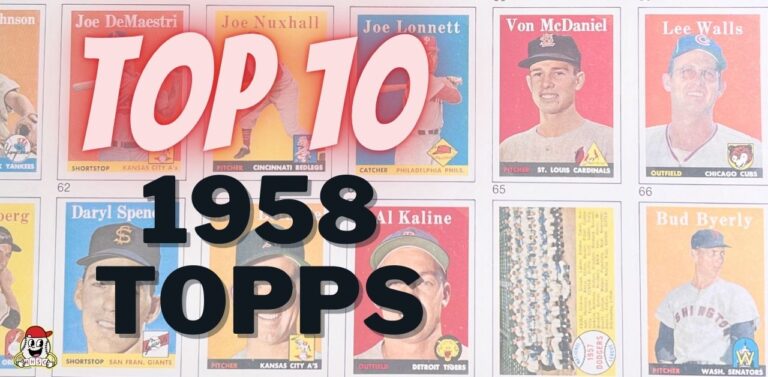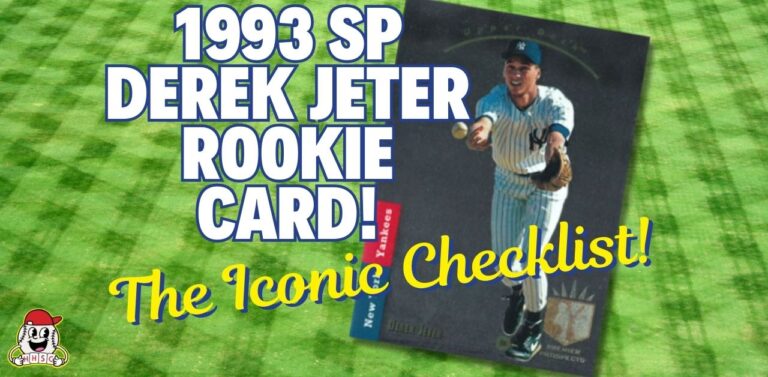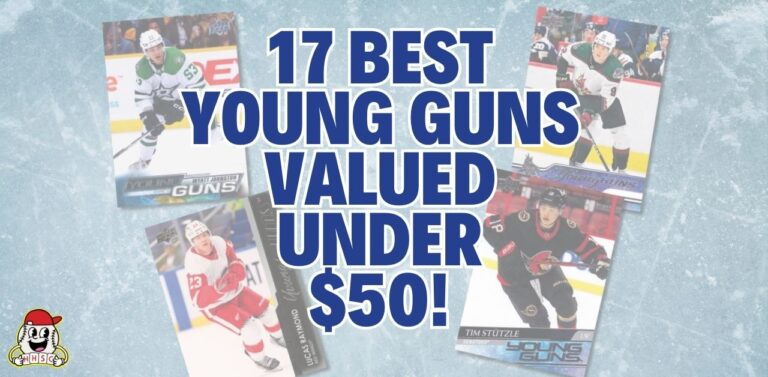Catchers are awesome. You should know this by now. But most people just don’t know what a great catcher means to a baseball team. The question is – do catchers in Fantasy Baseball mean just as much to their Fantasy team? You are forced to draft two catchers in Rotisserie (we’re really refer to Head-to-Head …
My 5 Strategy Tips to Drafting Catchers in Fantasy Baseball & 2017 Rankings

Catchers are awesome. You should know this by now. But most people just don’t know what a great catcher means to a baseball team. The question is – do catchers in Fantasy Baseball mean just as much to their Fantasy team?
You are forced to draft two catchers in Rotisserie (we’re really refer to Head-to-Head Fantasy catchers later), which forces Fantasy owners to dip deep down into a position that’s more known for defensive ability. They must dip down deeper than any other position! For shortstops and second baseman (who usually offer good scoring and speed numbers) only go about 18 deep in most leagues because of the middle infield position.
I did my 2017 Fantasy Catcher rankings this past week, and it had me thinking about my draft strategies when dealing with catchers in Fantasy Baseball.
Catchers have a unique perspective on the game and on the field. They’re the only players facing the entire playing field, and they not only make the pitching calls, but they also set up the defensive alignment. They’re the only ones whose face you can’t see, and they’re the only ones forced to work just to prepare another player to play (warming up pitchers, etc.)
Much like an offensive lineman in football, they’re the smartest guys on the field. This is because they are involved in every facet of the game: offense, defense and pitching. So, like offensive linemen, you’ll often see catchers become coaches and managers.
As you can tell, I’m awfully sweet on catchers, and that’s because I grew up playing catcher through high school. It’s a thankless job – but it’s awesome!
But what does all this have to do with drafting catchers in Fantasy Baseball? Let’s discuss!
5 Draft Tips About Catchers in Fantasy Baseball
These might be generalized rules, but for the most part, they should help you in most standard Rotisserie mixed leagues.
1. Two Goods Are Better Than One Great
Catchers get nicked up – even the great hitting catchers. So they are exposed to more chances for injury (home plate collisions, foul tips, etc.) than other fielding positions, so why waste a high pick on a risky play?
Consider drafting two good catchers rather than a great catcher and a good catcher or a great catcher and a bad catcher. If you get two catchers between the 10th-best and the 14th-best, you’ll be better off.
Looking at last year’s final End-of-the-Season rankings catchers over at FanGraphs (the best way to know the future is to know the past!), we can see that Jonathan Lucroy ($22.60), Buster Posey ($21.50) and Wilson Ramos ($20.60) led the position by a bunch. If you draft one player expected to post near those values (Rounds 5-7 – Posey, Lucroy and Gary Sanchez) and a middle-of-the road Fantasy catcher ($8-10, Rounds 11-14) then you could be in store for 680 Fantasy points. Or you can draft a great catcher and a bad catcher (late rounds, $1-$2), you’d get 585 Fantasy points.
But if you go two middle-of-the-road guys, costing you two picks in those middle rounds or about $16-20 in salary cap, you’ll get 560 Fantasy points. That’s a drop in 120 Fantasy points than the great-good combo or a 25-point drop from the great-bad combo – but you’ll easily make that those points up with the increased value you get out of whatever other player you get at that early draft position! Get it?
Plus, you won’t have the same risk tied up in one great player that has a much greater chance of getting injured or playing fewer at-bats for rest.
2. Avoid Young Catchers
Catchers are on a different time schedule entering the majors than other fielding positions because they’re forced to develop three facets of their game rather than just two.
When a young catcher gets the call the majors, rather than just working on their hitting or defense, they have to learn their pitching staff and how to pitch to teams.
Sure, some young catchers do well early, but for the most part, they are overwhelmed, and the last thing they work on is offense.
3. Target Young Catchers Heating Up
I like catchers that have seen major-league pitching for a while, got through the tough early going, and now are starting to come into their own in the batter’s box. If we’re looking back at 2016 and forward into 2017, I’d point to players like J.T. Realmuto and Willson Contreras, who had big second halves last season. Unfortunately, everyone else wants them, too.
4. Be Conscious of Injuries
As I mentioned, since they get nicked up and spend most of the time in the crouch position, it’s reasonable to expect catchers to take some time off during the week. If we look at the past three seasons, only seven catchers averaged over 500 at-bats, and Posey was the only catcher to go average over 600.
Compare that to the other infield positions, where there are over 16 players at each position averaging over 500 or more plate appearances each year.
5. Be the Last One to Draft Head-to-Head Fantasy Catchers
In Head-to-Head play, where you only draft one catcher, don’t get peer pressured into drafting a catcher just because everyone else is. The baseline is much higher, which means the worst starting Fantasy catcher in a 10-team league is not very far away from the upper tier.
The best catcher cost $22 last year (Posey), and the worst starter, Brian McCann, was $10, making the top tier $10-12 better. At first base, there was a $13 difference, and the same goes down the line (second base, $18 difference), (shortstop, $18 difference) and (third base, $16 difference).
Understand that I’m not recommending you wait until the end of your draft to pick a catcher, but you can wait to be the last team to take a catcher. Just grab one before some owners start drafting backups.
2017 Fantasy Baseball Catcher Rankings
2017 Preseason Rankings
ADP – Average Draft Position
Drafting Catchers in Fantasy Baseball can be a tricky endeavor, but if you follow some of these tips, you should set your team up for success in your Fantasy Baseball leagues.
Matt Wieters Photo Credit: Keith Allison








